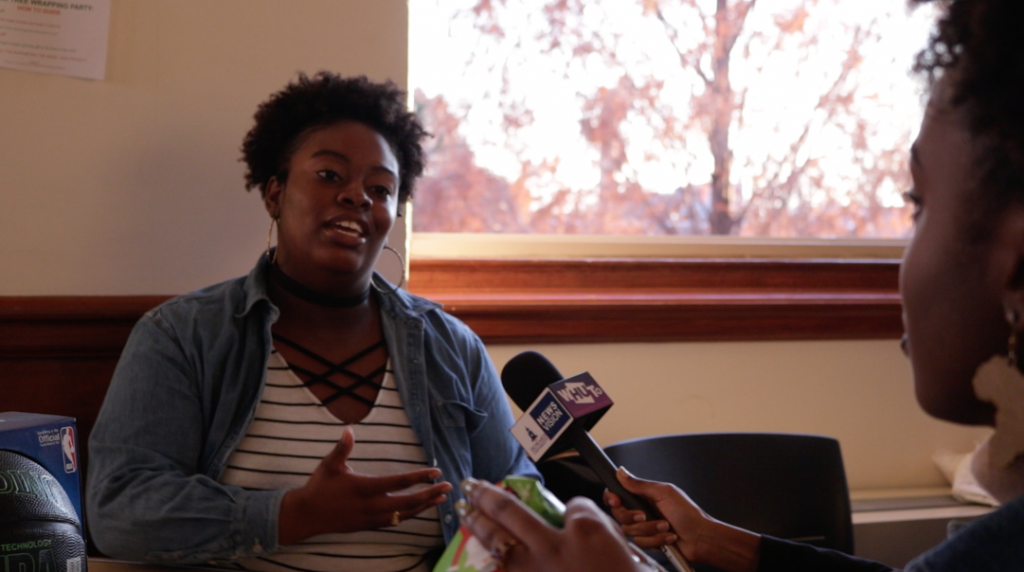Casbah to Zanzibar
As the crowd poured in to take their seats, they bobbed their heads and tapped their feet to the rhythmic sounds of Bio Ritmo. This salsa band from Richmond, VA, opened the event with a song about brotherhood. The event, entitled Casbah to Zanzibar: Diversity Through Dance, brought blacks, white, the young and the old, to the Smithsonian Anacostia Community Museum, located in Southeast DC. Through a panel discussion, 5 panel members sat up front ready to discuss their past experiences about how they came to know and the love the dance.
Mambo, a Latin dance of Cuban origin, was invented in the 1930s, was made popular around the world by Perez Prado and Beny More, and was heavily influenced by jazz musicians. Mambo is a fusion of Swing and Cuban music. Perez Prado first introduced it at a nightclub in Havana in 1943. Perex was also first to market “Mambo #5”, which was a popular sing in the 1990s. The popularity of the Mambo spread to the Unites States quickly
Each panel member retraced the times when they were younger and engaged in the dance of Mambo. Joyce Whiteman, James Brown, Dolores Wishon, Eileen Torres and Thomas Smith discussed with the audience their love and passion for such a dance..
“I was drawn in by the cougar drums, and I tried to learn to play them, but that didn’t work out too well. It was then that I decided that I wanted to learn to dance,” said Thomas Smith.
As the panel members continued discussing their memories of dancing to mambo,, they made specific reference to the days of dancing at Casbah. Now, known as Zanzibar, the Casbah was located on U Street. Here young people of all different races came to dance, party and enjoy each other’s company while grooving to the music of mambo.
Eileen Torres, a mambo dance instructor, says that she learned to dance by listening to a cha-cha song called “Besame Mucho.”
“I’m Mexican-American, and I used to listen to that song and dance to it all the time. It’s pretty much the same movement, just a faster pace.’
Jim Byers, a DJ for WPFW, and the coordinator of the event greatly emphasized the importance of diversity when he spoke about the history of mambo.
“Its’ not just for Latinos, it’s for black, whites, Asians, and anyone else who enjoys the music,” he said.
Byers wanted to give the audience a taste of what mambo was actually like so he showed a video of vintage footage given to him by long time members of the DC Latin Dance community. The audience members watched with amazement as the Casbah dancers on the video created fancy footwork and body movement to the music. The dance is characterized by the hip movements that it entails. The dancers move forward and backwards to the beat, swaying their hips simultaneously, which creates a fluid motion that flows with the music.
“When culture, music, and interaction happens…this music allows people to come together,” Byers said.
Mambo exists in several forms. One form, the triple mambo, is so fast that the beat is three times its normal rate. Another form, modern mambo, encompasses mambo with quicker rhythms and steps. Lastly, mambo exists today mainly in competition, where couple strive for a sensual Latin look. This last type was what the audience members saw.
After the video, Byers announced to the crowd that they would have the opportunity to learn some mambo moved. This announcement created chatter amongst those in attendance.
Bio Ritmo played another song as chairs were gathered and moved outside the room to make more space for the guests to dance. One woman and her sister had really enjoyed listening to the panel and was eager to see mambo up close and personal.
“I have never listened to mambo music, nor have I danced to it, but it looks fun, and I wouldn’t mind learning,” said Anacostia resident Denise Harris.
Although there were people who knew a lot about the dance, there were also many there who had never been exposed to mambo, but nevertheless they were eager to get on the dance floor and learn. Two by two couples rushed to the dance floor swaying back and forth to the music.
Two elderly women that were best friends sat on the side of the wall snapping their fingers and tapping their feet. Temptation of the music gave way because not too long after, they were on the dance floor moving to the beats of Bio Ritmo as well.
“I haven’t danced like this in years. 50 years ago was a long time ago. But back in my day, I remember we used to work during the day and party all night,” said the 77-year old woman. “Those were the good old days, the days when Casbah was the place to be.”
An hour passed by, and it wasn’t long before the audience members were requesting to know when the next panel would be. Byers announced to the crowd that they were more than welcome to come back next week, and the weeks that followed to learn more about retracing the history of Mambo.


